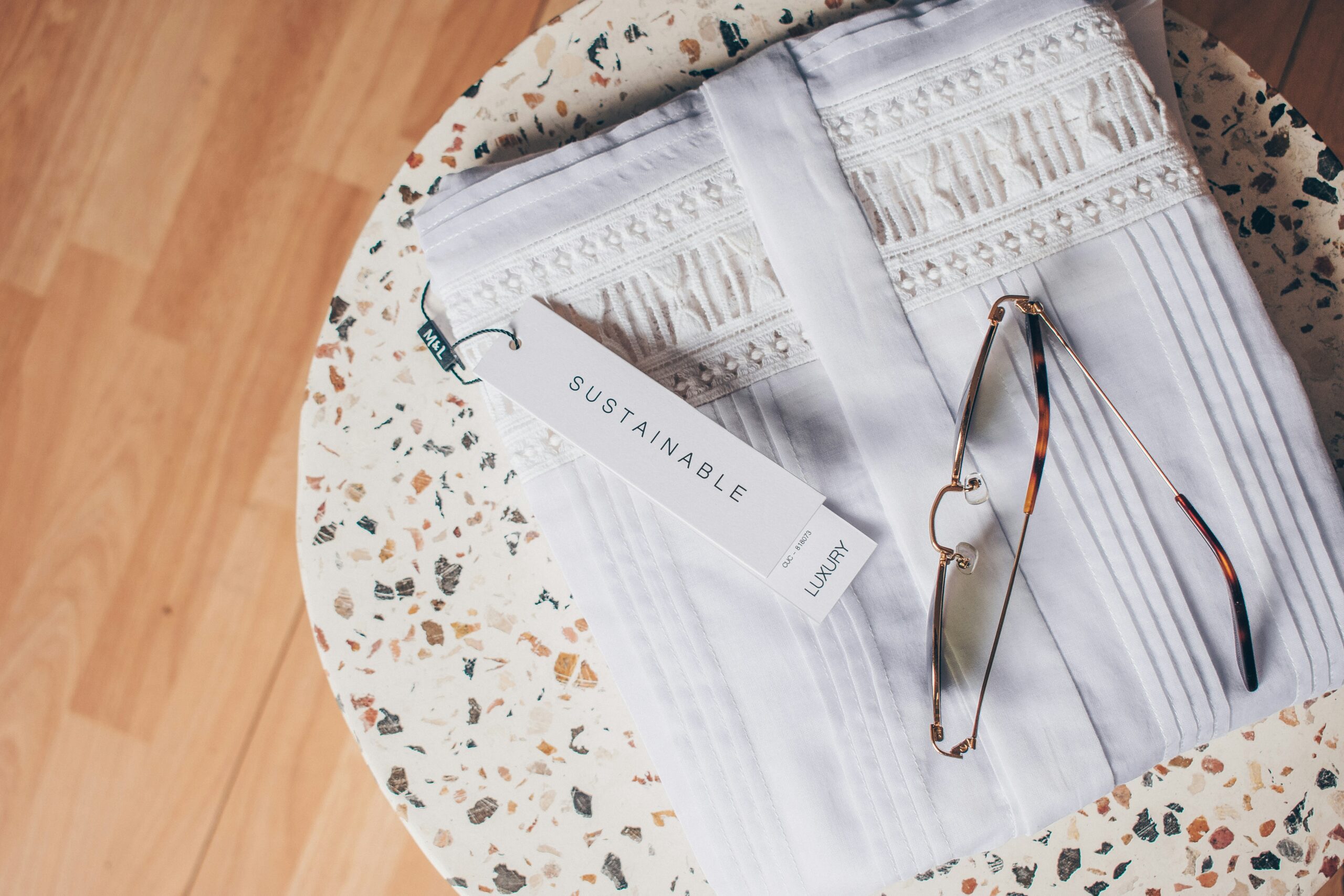

Introduction to Sustainable Fashion
Fashion is more than just fabric; it’s a reflection of who we are. But have you ever stopped to think about the impact your wardrobe has on the planet? With fast fashion dominating retail, it’s easy to overlook the consequences of our clothing choices. Sustainable fashion offers an exciting alternative that not only allows us to express ourselves but also respects our environment.
Imagine stepping into a world where style doesn’t come at the expense of nature. This movement encourages us to make conscious decisions—choosing quality over quantity and ethical practices over exploitation. Whether you’re a seasoned eco-warrior or just beginning your journey toward greener living, understanding sustainable fashion can transform how you shop and wear clothes.
Let’s dive deeper into this vibrant realm where style meets sustainability!
How the Fashion Industry Contributes to Environmental Damage
The fashion industry is a major player in environmental harm. It’s not just about clothing; it’s the entire lifecycle that creates problems.
Production uses massive amounts of water, often draining local sources dry. Dyes and chemicals pollute waterways, affecting both wildlife and communities nearby.
Then there’s waste. Fast fashion encourages overconsumption, leading to heaps of discarded garments each year. Many end up in landfills where they take decades to decompose.
Transportation adds another layer of impact. Shipping clothes around the globe emits significant carbon footprints, contributing to climate change.
Synthetic fibers like polyester are derived from fossil fuels and shed microplastics into oceans during washes. This means even our laundry contributes to pollution.
Consumers may love trendy items, but this comes at a cost—one that affects our planet profoundly every day.
Tips for Building a Sustainable Wardrobe
Building a sustainable wardrobe starts with mindful choices. Begin by decluttering your closet. Donate or recycle items you no longer wear. This not only creates space but also reduces waste.
Next, invest in quality over quantity. Choose timeless pieces that withstand trends and last through seasons. Look for well-made garments that use eco-friendly materials.
Embrace second-hand shopping. Thrift stores and online platforms offer unique finds without the environmental cost of new production.
Consider a capsule wardrobe approach. Select versatile items that can be mixed and matched for various occasions, minimizing excess.
Don’t shy away from customizing clothing to suit your style better—alterations can breathe new life into old favorites while keeping them out of landfills.
Educate yourself about brands’ sustainability practices before making purchases. Supporting companies committed to ethical manufacturing is crucial for driving change in the industry.
Eco-Friendly Materials and Brands
When it comes to sustainable fashion, choosing eco-friendly materials is key. Look for fabrics like organic cotton, Tencel, and hemp. These options are not only biodegradable but also require less water and no harmful pesticides during production.
Brands are stepping up their game too. Companies like Reformation and Patagonia prioritize ethical sourcing and transparency in their supply chains. They prove that style doesn’t have to come at the expense of our planet.
Don’t forget about second-hand shopping! Thrift stores and online platforms like Poshmark offer unique pieces while promoting a circular economy. This way, you can refresh your wardrobe sustainably.
Supporting local artisans who create handmade items from recycled materials can add character to your closet. Each piece tells a story while reducing waste in the industry—an ideal combination for any conscious consumer looking to make a difference.
Small Changes, Big Impact: Incorporating Sustainability in Your Daily Life
Making small changes in your daily life can create a ripple effect for sustainable fashion. Start by assessing your wardrobe. Donate or recycle items you no longer wear instead of tossing them.
When shopping, opt for second-hand stores or clothing swaps. You’ll find unique pieces while reducing waste and supporting local businesses.
Consider the lifecycle of the clothes you buy. Choose versatile items that can be styled differently, minimizing the need to purchase more.
Learn about proper garment care to extend their lifespan. Simple steps like washing in cold water and air drying make a difference.
Raise awareness among friends and family. Share tips on sustainable choices and inspire others to think eco-consciously about what they wear every day. Small actions accumulate over time, leading to meaningful change in our collective approach to fashion sustainability.
Conclusion: Creating a Better Future Through Sustainable Fashion
The fashion choices we make today will shape the world of tomorrow. Embracing sustainable fashion is more than just a trend; it’s a movement towards accountability and responsibility. By opting for eco-friendly materials, supporting ethical brands, and making mindful purchasing decisions, each individual can contribute to a larger change.
As consumers, we hold immense power. Every piece of clothing we buy sends a message about what we value and support. Choosing sustainability means advocating for practices that respect our planet and its inhabitants. It encourages transparency within the industry, urging brands to take action in reducing their environmental footprint.
Small actions do lead to significant impacts when multiplied across communities. By sharing knowledge about sustainable options with friends and family, you inspire others to join this vital journey toward an eco-conscious lifestyle.
Creating a better future through sustainable fashion is possible if we act collectively and deliberately in our choices today. Every step towards sustainability counts as part of this essential transformation in how we approach our wardrobes—and ultimately: how we honor our planet for generations to come.
